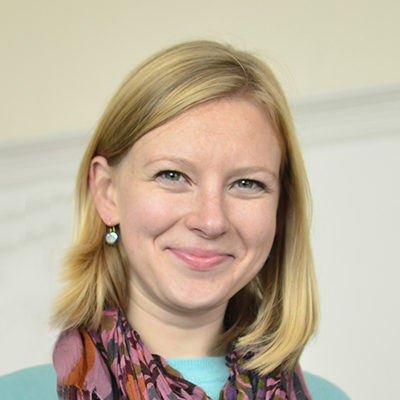
Last week we engaged in a conversation about the unique nature of culture in the workplace; specifically a culture of generosity. Design Museum Boston organized the event for their monthly UNITE series. The panel discussion was led by Gian Pangaro, the Senior Design Director for IDEO’s Boston, NY and Chicago region. I sat on the panel along with Rich Benoit, a Workplace Consultant at Steelcase and Beth Altringer a Lecturer on Innovation & Design at Harvard University.
The discussion began with identifying the meaning of generosity. Each panelist explored the framework within which they understand generosity. The following are a few key themes from our discussion.
Attitude
We made a very important distinction between collaboration and generosity. Purely conversing and sharing information is, in fact, not always generous. Each panelist shared many examples of people who were too talkative, not listening or overly polite. But, when we distinguished between collaboration and generosity we found the formula for success lies in the attitude. The willingness to help, the way you ask a question, the consistency and accessibility to help … it’s the subtle things that foster generosity, not merely the amount of helping one does.
Listening
One reoccurring theme was the importance of listening. Real generosity stems from listening. Through active listening you can identify the best means to helping. Gian pointed out that the designers at IDEO start by asking the simple question of “how can I help you?” That seemingly obvious question is a very important one.
Space
The space you work in can enable collaborative generosity. For example, at PAYETTE we have movable pin-up space along the most prominent circulation path. These spaces showcase progress, sketches, models and renderings like a constantly revolving door. The flexibility and public nature of the pin up space encourages those from other teams to join in the design discussion and point out observations, ideas or questions. It enables the generosity of others while encouraging cross collaboration.
Program
Much of what we discussed was actually all about human relationships. Working in a safe environment where people are not afraid to fail allows people to have crazier ideas, try something new, ask “dumb” questions and grow as quickly as possible. Programmatic installations can aid in the development of these relationships. For example, at PAYETTE we host an annual bocce tournament, which allows people to argue (over whose ball is closer) in a safe and fun environment. While you’re having fun you are also learning how to disagree with a coworker and vocalize it. Our trivia lunch is another example of learning how to work as team, listen to one another and formulate the best answer.
Conversations like this one are incredible learning opportunities as well as a good time to take hard look at what our current working culture is. We are always asking the question of how we can improve and how can we be more innovative? We are also reminded that even the act of talking about collaborative generosity is shaping our culture.
Related
Photos from the event, by Design Museum Boston
Generosity in the Workplace
UNITE @ PAYETTE (with Design Museum Boston)


